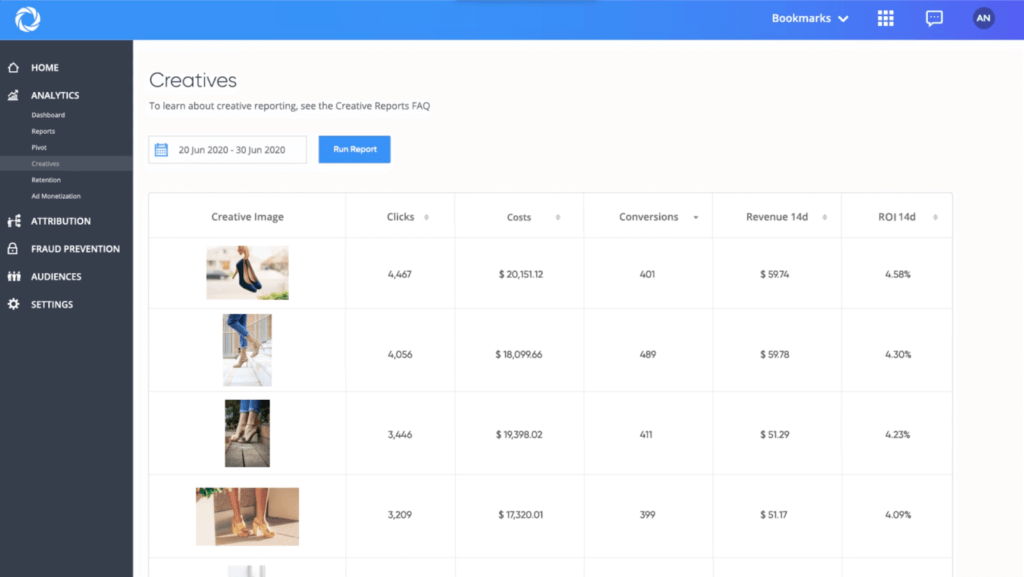Mobile advertising cost aggregation: What is combining and why should I care?
Cost aggregation is only half the battle to unlocking insights needed to optimize performance efficiently. That statement is probably not what mobile marketers who desperately need a cost aggregation solution want to hear. But, like George Washington, his hatchet, and the cherry tree … I cannot tell a lie.
In fact, combining is the essential other half, without which you will achieve only partial benefit from mobile advertising cost aggregation.
This is part 3 of a 4-part cost aggregation series:
– Part 1: Why it’s not as easy as you think
– Part 2: It’s not just about cost
– Part 3: this article!
– Part 4: How cost unlocks growth
This blog is part 3 of a 4-part series on tackling cost aggregation. In the first part, I explained why cost aggregation is even a thing, why it’s hard, what it involves, and why you can’t just do it all in a simple Excel spreadsheet. In the second part, I talked about why cost aggregation is not just about cost, despite the name. A proper cost aggregation solution also considers your creatives, targeting, bids, publishers, and much, much more. And in the fourth part, I’ll talk about how cost aggregation unlocks growth, and why Singular’s solution is the best and most mature on the market.
(Yeah, sorry, I’m a little biased here. But that doesn’t make it untrue!)
Now let’s get back to combining and why cost aggregation is only half of what you need.
I’m not saying cost aggregation doesn’t matter
Look: cost aggregation is hugely important. I don’t want to downplay that in any way.
Modern mobile marketers run ads and campaigns at scale. It’s not unusual for a Singular client to simultaneously run hundreds of campaigns with dozens of media sources and ad networks. That means getting accurate data across partners, geos, currencies, and timeframes, which is not easy. Especially when you’re also looking to compare creatives, get keyword-level data, and normalize dimensions and metrics across ad networks that each have different naming conventions, KPI standards, and reporting formats.
Getting cost aggregation — even just at this level — is critical for growth teams. You need a single source of truth to understand where and how you spent your advertising budgets, and so does your CFO. With a powerful cost aggregation solution, you save hundreds of hours a year in data futzing that results in insights that are not reliable, timely, or even accurate. And avoiding those hundreds of hours of messing around with data helps you focus on what moves the needle: making smart, faster marketing decisions that ultimately drive growth.
So cost aggregation is critically important … even if you only take it that far.
But … combining doubles your benefits from cost aggregation
Stopping at cost aggregation is, unfortunately, the reality for some. But for mobile marketers who want to double down on growth insights, combining upper-funnel campaign data, like cost, with bottom-funnel conversion data, like revenue, is the essential next step.
Cost is one side of the coin. It’s two-dimensional, an input in the marketing ROI equation.
Impact, or conversions, or results, is the other side of the coin. It’s output … what happens as a result of your marketing efforts.
Combining the two colorizes the monotone cost aggregation picture and transforms your two-dimensional image into 3D. When you use Singular both for cost aggregation and attribution, Singular automagically combines all your campaign data with all attribution data. That exposes accurate, timely, and actionable insights that help you drive growth at scale. And it ensures that your data is perfectly aligned at every dimension, fills in missing data, and identifies discrepancies between what ad networks report and attribution conversions.
But don’t take my word for it. N3TWORK, which built Legendary: Game of Heroes, and scales other publishers’ apps into huge hits, says this:
“We were not able to get ROI at a very granular level before we started working with Singular. Now, thanks to Singular, our front-end data gets automatically joined with our backend data, exposing ROI on a publisher, creative, campaign, and partner level.”
— Nebojsa Radovic, Former Director of User Acquisition @ N3TWORK
The reality is that combining unlocks outsized value via data unification, connecting inputs and outputs. On the campaign side, you get cost, impression, click data, creative data, and more for each campaign. On the attribution side, you get installs, purchases, in-app events, re-engagement metrics, and more. Unifying upper and lower funnel data makes metrics like
ROI, CPA, ROAS, eCPI, and LTV deeply meaningful and easily segmented by dimensions like geo, campaign, target audience, ad network, creative, and more.
Singular combines marketing inputs with outputs automatically, out of the box
Because Singular connects to thousands of media partners and gets your cost aggregation data directly from your campaigns, it’s 100% accurate and reliable. And because Singular manages your attribution, connecting every dollar of spend with marketing output is possible.

It’s worth noting that with iOS 14 and IDFA deprecation, Singular can do this at both a granular level, where user and platform privacy permissions allow it, and at an aggregated level. In both cases, you’re getting better, more in-depth views of performance as fast as possible, with accurate, normalized data.
There’s a lot more to tell (and show)
There’s a lot more we could say about cost aggregation and combining it with attribution data. But it’s probably better to show it. We help some of the top mobile marketers on the planet grow faster than their competitors, and we’d love to show you how.
Simply request a demo, and we’ll take the opportunity to show you how Singular can deliver faster growth via better, more complete, and more actionable data.
Stay up to date on the latest happenings in digital marketing


